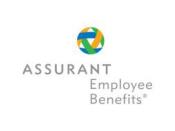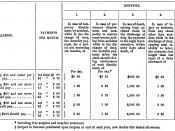Employee Ownership
Introduction
Employee ownership is basically about "ownership." Owners of an asset generally have the right to use it in any way they like, the right to its returns, and the right to sell the asset. For employee owners this directly translates into a number of HRM practices. Firstly, the right to use the asset translates into participation in decision making and the sharing of relevant information. Besides, employees might need training to learn how to participate in decision-making processes, and to learn understand information about the business. (Maaloe, 1998) Also, as it is quite likely that consensus is not always easy to reach, a formal mechanism for resolving conflicts is a necessary HRM practice. Secondly, the right to the asset's returns translates into some form of profit-sharing. The combination of employee share ownership with the mentioned HRM practices reflects actual "ownership" as it gives employees influence, information, and an opportunity for investment.
This combination sends a consistent message to the employee that their ownership is a serious affair and that management takes them seriously as owners. Hence, psychological ownership is most likely to develop if employee share ownership is consistency combined with the mentioned HRM practices. It is also in this situation that it is most likely that individual feelings of ownership transform into a collective "ownership culture" (Kaarsemaker/ Poutsma 2006; cf. Bowen/Ostroff 2004).
Employee ownership has many appearances. Hence it needs clarification what is meant by it here. It most commonly refers to employee ownership plans, or EOPs. An EOP usually consists of a trust that a company sets up to administer the plan and its regulations. This involves for example the administration of the employees' accounts, the organisation of regular trading opportunities (in case a company is not listed) and often trustees vote on behalf of...


